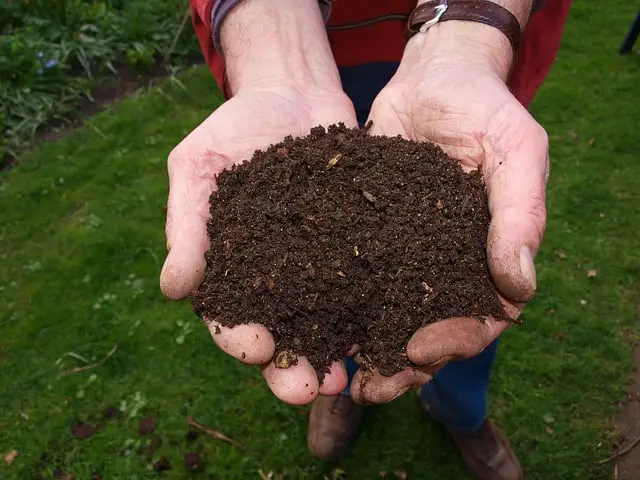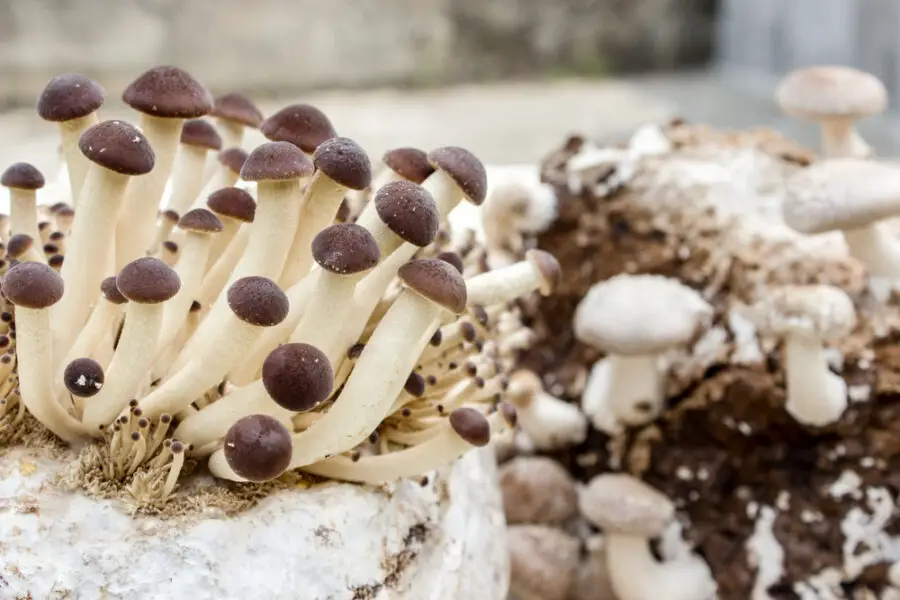Research shows that mycelium growth is significantly higher in the dark. Mycelium should be able to handle small periods of exposure to sunlight; however, a large amount of white light will cause issues with the growing cycle of the fungus, potentially slowing its growth or inhibiting fruiting of mushrooms.
Additionally, research shows that mycelium growth is inhibited by green and blue light spectrums, while being unaffected by the red-light spectrum.
Does mycelium need light to grow?
Mycelium species grow underground, which has no light sources. They feed on dead and decaying debris, meaning they don’t need to get their energy from photosynthesis. Therefore, they don’t need light to grow, but studies show that mycelium do have photoreceptors that sense different light spectrums, signaling different reactions from the growing fungi.
How does white light affect mycelium growth?
Mycelium doesn’t need light to grow because it doesn’t photosynthesize, but it can also handle more than constant darkness. A small amount of white light or direct sunlight will not severely affect mycelium once it is out of the incubation period, but research has shown that most strains of mycelium have slowed growth when exposed to long periods of white light.
Does fluorescent light inhibit mycelium growth?
Yes, research published from the Rice Research Institute proves that fluorescent light does inhibit mycelium growth. The study showed that the mycelium growth rate was significantly higher in the dark environment than compared to an environment with 12 hours of alternating cycles of dark and fluorescent light.
Does light or dark make mycelium grow faster?
Research has shown that mycelium grows faster in the dark than in the light because the fungi are naturally adapted to doing most of their growing during the night, which exhibits the more preferred growing conditions. During the daytime, the sun’s radiation causes the air to become less humid, therefore less ideal for fungal growth.
Does mycelium get lots of light in the wild?
Mushrooms natural habitat would consist of a low-lit forest floor, so mycelium and their mushrooms are naturally adapted to having a low light environment. Typically, you would not find mushrooms growing in an open field under direct sunlight.
Does mycelium grow faster in total darkness?
It is a common misbelief that mycelium grows faster in total darkness. There is no data that supports that idea. Instead, the data supports the idea that it is bad to receive too much light. Some species even might not start fruiting and creating mushrooms without exposure to light at the right time.
What does light do for mycelium?
Mycelium do not need light to grow because fungi do not contain chlorophyll and therefore do not photosynthesize. They instead use light as a trigger to their fruiting. Once the day length gets to a certain point, then it tells the fungi when the appropriate time to start fruiting is. Light can also indicate that there is no longer a physical barrier stopping the mycelium from growing the mushroom.
What else does light so for mycelium?
Light also warms the soil, which is an essential part of keeping the mycelium healthy. Expert growers suggest that if grown indoors mycelium and their mushrooms need around 2 hours of artificial light after the inoculation period. This would simulate the heating the soil from the filtered sun rays that the mushrooms would normally get in their natural wooded forest habitat.
Does mycelium need light to flower?
Most mycelium species are secondarily triggered into producing fruiting bodies once exposed to light. Expert growers say that artificial or ambient light from outside is sufficient, but make sure not to leave them in direct sunlight for long periods of time.
The most common species that use light to trigger fruiting include:
- Shiitake
- Oyster
What light cycle should I use to get mycelium to flower?
You need to try to mimic the natural cycle of the day and night if you are trying to induce fruiting, especially when growing inside. In general, fruiting will be triggered with a cycle of 12 hours with the lights ON and 12 hours with the lights OFF.
Should I incubate mycelium in the dark?
Yes, you should incubate your mycelium in a warm dark place. Exposing the incubating mycelium spores to light can prematurely trigger the fruiting process, which can make mushrooms start forming early, causing an inferior final product.
Does UV light effect mycelium growth?
UV light at a high intensity was discovered to strongly inhibit the growth of mycelium species. If exposed directly for too long, UV light from the sun’s rays can cause damage to the mycelium and their fruiting bodies. It can also cause the humidity in the soil and air to drop and the temperature of the soil the rise, which can cause major issues including death of the fungus.
Is mycelium affected by different colored light spectrums?
Research published in the journal of Applied and Industrial Microbiology shows that mycelium growth is influenced when exposed to the blue, green and red-light spectrums. Wavelengths were also studied, and the spectrum results were amplified with increased intensity of the light source.
- Green light – Mycelium growth was inhibited
- Blue light – Mycelium growth was inhibited
- Red light – Mycelium growth was unaffected.
What advancements can come from knowing how mycelium grows in different light spectrums?
The research related to mycelium growth in various light spectrums could be useful within agriculture, medicine, and industry. Within the food brewing industry, it could possibly inspire new technologies that would optimize the fermentation process creating an even better product than possible before the research results existed.
What conditions affect mycelium growth?
Light can be one of the major contributors of variables when growing mycelium for mushrooms, but there are many factors that can affect how a fungus prospers.
Some of the factors that can affect mycelium growth include:
- Type of growing substrate
- Temperature of air and water
- Moisture levels
- Carbon and nitrogen concentrations and sources
- Type of food available
- Light spectrums
- Strain of mycelium species
- Altitude of growing location
Hi, I’m John Stephens, chief editor and writer for Totalgardener.com. I’ve been gardening and raising animals for over 15 years starting with a small backyard plot in Northern Virginia where I grew corn, potatoes, squash, and using a high mulch technique called the Ruth Stout Method. I also raised ducks and small mammals for meat and eggs in a movable pen similar to the ones used by Joel Salatin. I later moved to Colorado where I experimented with growing greens using aquaponics inside. I eventually added a microgreens setup and home sprouting operation. I’m excited to share everything I’ve learned plus more from the other local gardening and animal raising experts I know.



